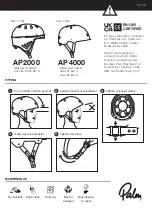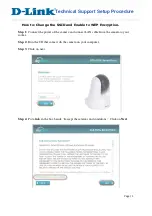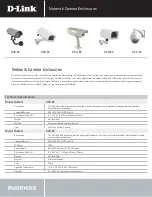
4.
SAFETY INSTRUCTIONS
• Pay attention to the operating instructions and keep them close to the battery.
• Work on batteries must only be carried out by skilled personnel!
• Use protective glasses and wear safety clothing when working on batteries.
• Adhere to the current accident prevention rules in the country where the battery is used.
• No smoking!
• Do not expose batteries to naked flames, glowing embers or sparks, as it may cause the battery
to explode.
• Avoid sparks from cables or electrical apparatus as well as electrostatic discharges.
• Acid splashes into the eyes or on the skin must be washed immediately with an abundance of
clean water. After abundant flushing consult a doctor immediately!
• Clothing contaminated by acid should be washed in water.
• Electrolyte is highly corrosive.
• In the normal operation of this battery, contact with acid isn’t possible. If the cell containers
are damaged, the immobilised electrolyte (absorbed in the separator) is corrosive like liquid
electrolyte.
• Batteries and monoblocs are heavy.
• Use suitable transportation/lifting equipment.
• Risk of explosion and fire.
• Avoid short circuits: do not use non-insulated tools, do not place or drop metal objects on top of
the battery. Remove rings, watches and articles of clothing with metal parts that might come into
contact with the battery terminals.
• Avoid short circuits: Hawker TPPL batteries are capable of high short circuit currents.
• Caution - metal parts of the battery are always live: do not place tools or other objects on the
battery!
• Pay attention to the hazards that can be caused by batteries.
5
Summary of Contents for HAWKER 9250-0083
Page 19: ...19 Intentionally Left Blank...






































